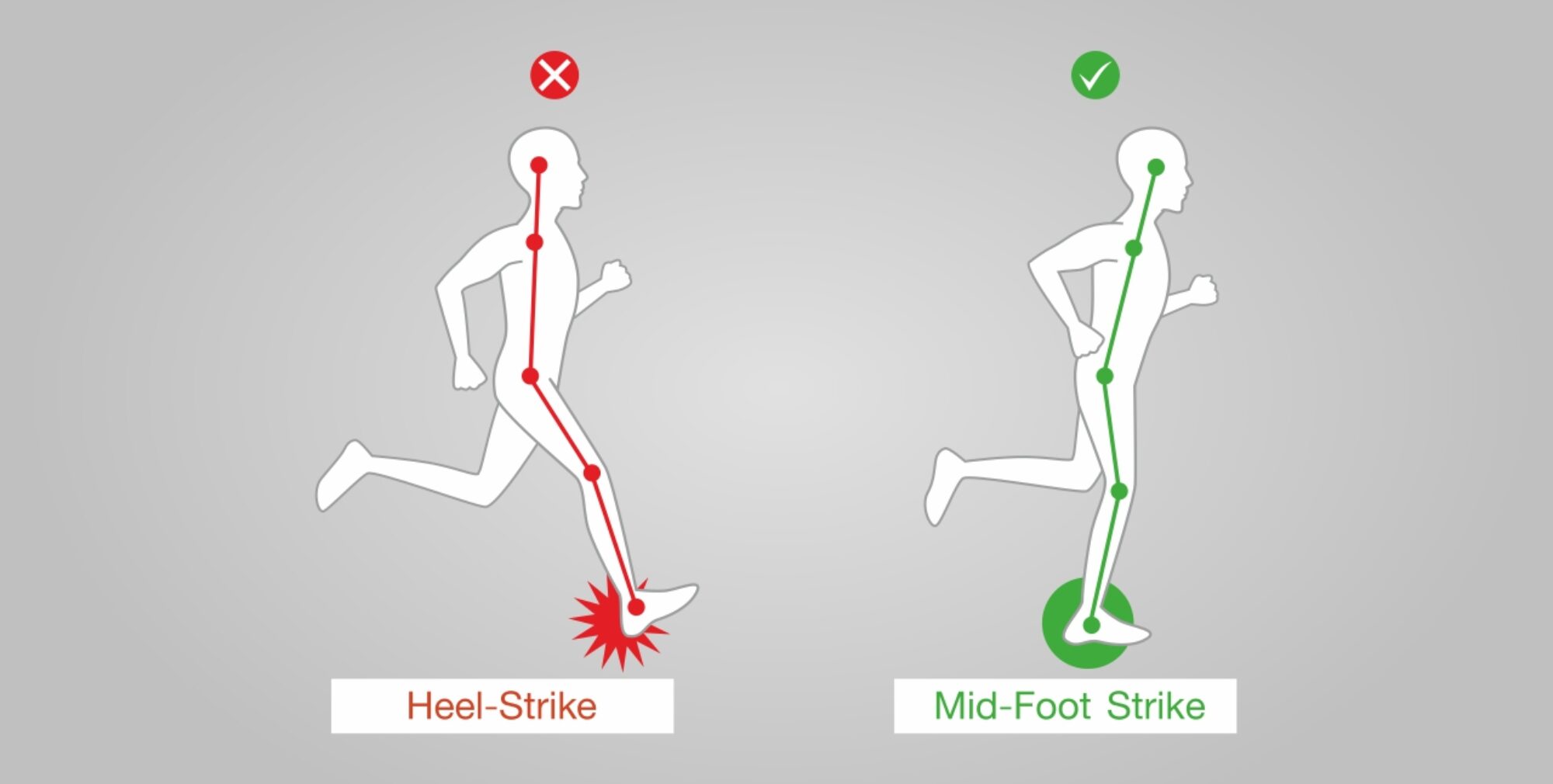Running is a fun and effective way to stay fit and active, but unfortunately, it can also lead to a variety of injuries. Whether you are an experienced runner or just starting out, it’s essential to be aware of the most common running injuries and how to prevent them. In this blog, we will discuss some of the most common running injuries and what you can do to avoid them.
- Runner’s Knee
Runner’s knee, also known as patellofemoral pain syndrome, is one of the most common running injuries. It’s characterized by pain around the kneecap, which can worsen when running downhill or going up and down stairs. Runner’s knee is caused by the irritation of the soft tissues around the knee, such as the tendons or cartilage. To prevent runner’s knee, it’s important to gradually increase your mileage and use proper footwear. You can also try doing exercises that strengthen your hamstrings and quadriceps.
- Shin Splints
Shin splints are another common running injury that causes pain in the lower leg, specifically along the tibia bone. Shin splints are often caused by overuse and improper form, and they are more common in runners who have recently increased their mileage or intensity. To prevent shin splints, make sure you wear proper shoes and gradually increase your mileage. When you run, try to land on the midfoot or forefoot rather than heel striking.
- Plantar Fasciitis
Plantar fasciitis is a painful condition that affects the plantar fascia, the tissue that runs along the bottom of the foot. It’s caused by repetitive stress and overuse, and it’s often seen in runners who have flat feet or high arches. To prevent plantar fasciitis, it’s important to wear proper shoes and stretch your calves and feet regularly.
- Achilles Tendinopathy
Achilles tendinopathy is a condition that affects the Achilles tendon, which connects the calf muscles to the heel bone. It’s caused by overuse and can be extremely painful. To prevent Achilles tendinopathy, wear proper footwear and gradually increase your mileage. Stretching your calves and Achilles tendon can also help prevent this injury.

- IT Band Syndrome
IT band syndrome is a common running injury that affects the iliotibial band, a thick band of tissue that runs along the outside of the thigh. IT band syndrome is characterized by pain on the outside of the knee and can be caused by overuse, improper form, or tightness in the hips or IT band. To prevent IT band syndrome, it’s important to stretch your hips and IT band regularly and use proper form when running.
How to prevent running injuries
There are a number of things you can do to prevent running injuries, including:
- Increase your mileage gradually: Don’t try to do too much too soon. Start with a short distance and gradually increase your mileage over time.
- Listen to your body: If you feel pain, stop running and rest. Don’t push yourself through the pain, as this can make the injury worse.
- Run on soft surfaces: Running on hard surfaces, such as concrete, can increase your risk of injury. Try to run on softer surfaces, such as dirt or grass, whenever possible.
- Wear proper running shoes: Well-fitting running shoes can help to reduce your risk of injury. Make sure to get your feet fitted for new running shoes every 6-12 months.
- Strength train: Strength training can help to strengthen the muscles around your joints, which can help to prevent injuries.
If you do get injured
If you do get a running injury, it is important to rest and give your body time to heal. You may also need to see a doctor or physical therapist for treatment.
Here are some general tips for treating running injuries:
- Rest: The most important thing is to rest the injured area. This may mean taking a break from running for a few days or weeks.
- Ice: Applying ice to the injured area can help to reduce inflammation and pain.
- Compression: Compressing the injured area with a bandage or wrap can also help to reduce inflammation and pain.
- Elevation: Elevating the injured area above the level of the heart can also help to reduce inflammation and pain.
If you have any concerns about a running injury, be sure to see a doctor or physical therapist. They can help you to diagnose the injury and develop a treatment plan.
By following these tips, you can help to prevent common running injuries and enjoy your runs safely.

